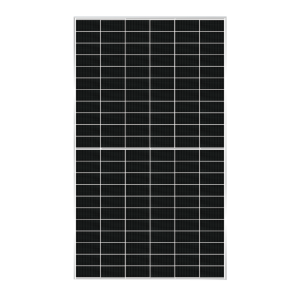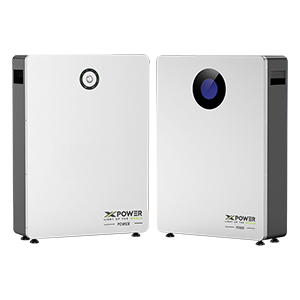Types of Solar Cell Modules
Time of Release : 2023-09-14
Solar cell modules, also known as solar panels, are essential components of solar power systems. These modules are responsible for converting sunlight into usable electricity through the photovoltaic effect. Over the years, various types of solar cell modules have been developed, each with its own unique characteristics and advantages. In this article, we will explore some of the most commonly used types of solar cell modules.

Monocrystalline Silicon Solar Cells
Monocrystalline silicon solar cells are made from a single crystal structure, giving them a high level of efficiency. These modules are easily recognizable by their uniform black color and rounded edges. Monocrystalline solar modules have a long lifespan and excellent performance in low-light conditions. However, they tend to be more expensive compared to other types.
Polycrystalline Silicon Solar Cells
Polycrystalline silicon solar cells are made from multiple silicon crystals, resulting in a slightly lower efficiency compared to monocrystalline modules. They have a distinctive blue color due to their fragmented structure. Polycrystalline solar modules are cost-effective and offer good performance in high-temperature environments. They are a popular choice for residential and commercial installations.
Thin-Film Solar Cells
Thin-film solar cells are manufactured by depositing thin layers of semiconductor material onto a substrate such as glass or metal. This process allows for more flexibility in design and lower production costs. Thin-film modules can be categorized into different types based on the materials used, such as amorphous silicon, cadmium telluride (CdTe), and copper indium gallium selenide (CIGS). While thin-film modules tend to have lower efficiency compared to crystalline modules, they perform better in low-light conditions and have good temperature tolerance.
Bifacial Solar Cells
Bifacial solar cells can generate electricity from both sides of the module. They have a transparent backsheet that allows sunlight to pass through, enabling the absorption of light from the rear side as well. Bifacial modules are particularly suitable for installations with reflective surfaces, such as white rooftops or surfaces covered in snow. They offer increased energy yield and better performance in certain environments.
Concentrated Photovoltaic (CPV) Modules
Concentrated photovoltaic modules use lenses or mirrors to focus sunlight onto small, highly efficient solar cells. By concentrating sunlight, CPV modules can achieve higher efficiency compared to traditional solar cells. These modules require precise tracking systems to follow the movement of the sun. CPV technology is often used in large-scale solar power plants where land is abundant.
In conclusion, there are several types of solar cell modules, each with its own advantages and applications. Monocrystalline and polycrystalline modules are widely used for residential and commercial installations, while thin-film modules offer flexibility and cost-effectiveness. Bifacial modules and concentrated photovoltaic modules provide additional benefits in specific situations. When choosing a solar panel, it is important to consider factors such as efficiency, cost, available space, and environmental conditions to determine the most suitable type for your needs.





